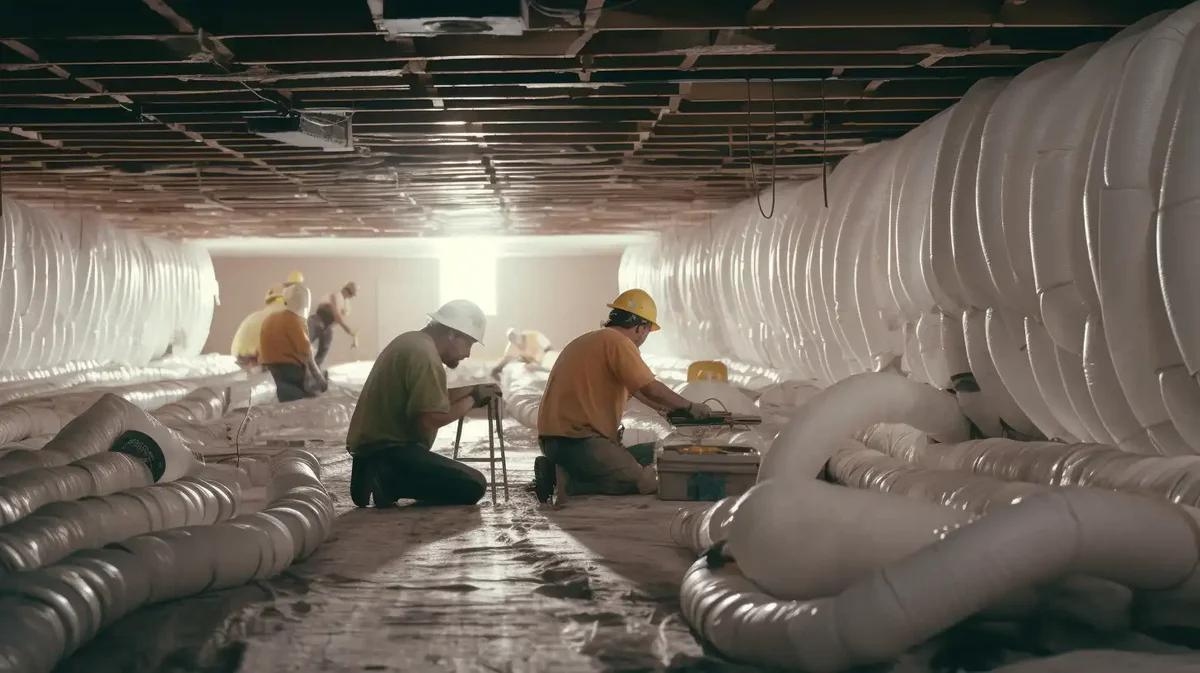

Articles
How To Remove Asbestos Pipe Insulation
Modified: December 7, 2023
Learn how to safely remove asbestos pipe insulation with our informative articles. Protect your health and follow proper procedures for asbestos removal.
(Many of the links in this article redirect to a specific reviewed product. Your purchase of these products through affiliate links helps to generate commission for Storables.com, at no extra cost. Learn more)
Introduction
Asbestos pipe insulation is a type of insulation material that was commonly used in residential and commercial buildings in the past. It was popular due to its heat-resistant properties and ability to provide thermal insulation for pipes. However, it has since been discovered that asbestos poses significant health risks, including the development of serious respiratory conditions and even cancer.
In this article, we will explore the dangers of asbestos pipe insulation and provide a step-by-step guide on how to safely remove it. It is crucial to understand the importance of proper asbestos removal techniques to protect yourself and others from exposure.
Before we dive into the removal process, let’s take a closer look at what exactly asbestos pipe insulation is and why it is considered so hazardous.
Key Takeaways:
- Safely removing asbestos pipe insulation requires thorough preparation, proper assessment, and adherence to legal regulations. It’s crucial to prioritize safety, minimize fiber release, and ensure proper disposal to protect against health risks.
- Effective asbestos removal involves meticulous attention to detail, including wet work environments, careful handling of materials, and thorough decontamination. Consulting with professionals and following legal guidelines are essential for a safe and successful removal process.
Read more: The Forbidden Knowledge Of Asbestos Removal
What is asbestos pipe insulation?
Asbestos pipe insulation is a type of insulation material that was commonly used from the 1930s to the 1970s. It consists of a mixture of asbestos fibers and other components, such as binders and fillers. Asbestos has exceptional heat resistance and insulation properties, which made it an ideal material for insulating pipes in buildings.
Asbestos pipe insulation can be found in various forms, including blankets, wraps, or molded sections that fit around pipes. The insulation may also be applied as a plaster or coating on the surface of pipes.
Identifying asbestos pipe insulation can be challenging, as it often appears similar to other non-asbestos insulation materials. However, if your building was constructed or renovated during the mid-20th century, there is a high likelihood that asbestos pipe insulation may have been used.
It’s important to note that asbestos is only dangerous when it becomes airborne. If the insulation material is intact and undisturbed, it poses little risk. However, over time, due to aging or damage, asbestos can deteriorate, releasing microscopic fibers into the air.
Exposure to these asbestos fibers, especially through inhalation, can lead to serious health issues. The fibers can lodge themselves in the lungs, causing inflammation and scarring. Prolonged exposure to asbestos can lead to respiratory conditions such as asbestosis, lung cancer, and mesothelioma.
Due to the hazardous nature of asbestos, it is crucial to take the necessary precautions when dealing with asbestos pipe insulation. If you suspect that your building may contain this type of insulation, it is recommended to have it inspected by a professional before any removal or disturbance occurs.
Why is asbestos pipe insulation dangerous?
Asbestos pipe insulation is considered dangerous due to the presence of asbestos fibers, which can cause severe health problems when inhaled or ingested. The long-term exposure to these fibers can lead to various serious respiratory conditions and even cancer.
When asbestos pipe insulation deteriorates or is disturbed, such as during renovation or repair work, it can release microscopic asbestos fibers into the air. These fibers are so small that they can become airborne and easily inhaled. Once inhaled, the fibers can penetrate deep into the lungs and cause inflammation, scarring, and damage to the respiratory system.
Some of the health risks associated with asbestos exposure include:
- Asbestosis: Asbestosis is a chronic lung condition caused by the inhalation of asbestos fibers. It leads to the formation of scar tissue in the lungs, causing breathing difficulties, coughing, and chest pain.
- Lung cancer: Long-term exposure to asbestos significantly increases the risk of developing lung cancer. Asbestos-related lung cancer primarily affects individuals who have been exposed to high levels of asbestos over an extended period.
- Mesothelioma: Mesothelioma is a rare and aggressive form of cancer that affects the lining of the lungs, abdomen, or heart. It is directly linked to asbestos exposure and has a very poor prognosis.
- Pleural thickening: Inhaled asbestos fibers can cause the thickening of the lining surrounding the lungs, known as pleural thickening. It can result in chest pain, breathing difficulties, and reduced lung function.
- Other respiratory conditions: Exposure to asbestos can increase the risk of developing other respiratory conditions such as chronic bronchitis, pulmonary fibrosis, and lung infections.
It is worth noting that symptoms of asbestos-related diseases may not appear until many years after initial exposure, often decades later. This makes early detection and prevention crucial in minimizing the potential risks associated with asbestos pipe insulation.
Due to the severe health risks, it is important to handle asbestos pipe insulation with extreme caution and to seek professional assistance when dealing with its removal. Strict safety measures and proper asbestos removal techniques are essential to minimize the release of asbestos fibers into the air and ensure the protection of everyone involved.
Legal regulations regarding asbestos removal
Given the hazardous nature of asbestos, various legal regulations and guidelines have been implemented to ensure the safe removal and disposal of asbestos-containing materials, including asbestos pipe insulation. These regulations aim to protect individuals from the health risks associated with asbestos exposure and to maintain proper asbestos management practices.
In many countries, asbestos removal must be carried out by licensed professionals who have undergone specialized training and certification. These professionals are knowledgeable in the proper handling, removal, and disposal of asbestos materials, ensuring the safety of both workers and the general public.
Here are some common legal regulations and guidelines regarding asbestos removal:
- Licensing requirements: Many countries require individuals or companies involved in asbestos removal to obtain specific licenses or certifications. These licenses ensure that the individuals or companies have the necessary skills and knowledge to safely handle and remove asbestos-containing materials.
- Proper containment and removal procedures: Regulations typically require strict containment practices during asbestos removal to prevent the release of asbestos fibers into the surrounding environment. This includes the use of specialized equipment and materials, such as negative air pressure units and personal protective equipment (PPE).
- Proper disposal: Asbestos waste must be properly disposed of in accordance with local regulations. This often involves sealing the waste in leak-tight containers and transporting it to designated asbestos disposal sites.
- Notification requirements: Prior to undertaking asbestos removal, it may be required to notify relevant authorities or agencies. This allows for proper oversight and ensures compliance with all applicable regulations.
- Record keeping: It is common for asbestos removal projects to require detailed records and documentation. This can include records of asbestos inspections, removal procedures, and disposal methods. These records serve as proof of compliance with regulations and may be necessary for future reference or legal purposes.
It is important to note that the specific legal regulations and requirements regarding asbestos removal may vary between jurisdictions. Therefore, it is crucial to consult local authorities or engage with licensed asbestos removal professionals to ensure compliance with the applicable regulations in your area.
By adhering to these legal regulations and guidelines, we can effectively mitigate the risks associated with asbestos and protect the health and well-being of individuals and communities.
Step 1: Preparation and safety measures
Before starting the process of removing asbestos pipe insulation, it is crucial to take the necessary precautions and properly prepare for the task. Asbestos removal poses potential health risks, so ensuring the safety of yourself and others is of utmost importance.
Here are some essential steps to consider during the preparation phase:
- Evaluate the risks: Assess the condition of the asbestos pipe insulation and identify any potential risks. Determine whether the insulation is damaged, degraded, or friable (easily crumbled), as these factors can increase the likelihood of asbestos fiber release.
- Secure the area: Establish a restricted and clearly marked work area to prevent unauthorized access. This helps minimize exposure to asbestos fibers and ensures the safety of everyone in the vicinity.
- Notify occupants: Inform residents or occupants of the building about the asbestos removal project. Clearly communicate the precautions being taken to minimize any disruption and to ensure their safety.
- Obtain necessary permits: Check local regulations and requirements to determine if any permits are necessary for the asbestos removal project. Acquire the required permits before proceeding to avoid any legal issues.
- Wear appropriate protective gear: Put on personal protective equipment (PPE), including disposable coveralls, gloves, respirators with approved filters, and safety goggles. The PPE should be suitable for asbestos work and provide adequate protection against exposure to airborne fibers.
- Wet the area: Thoroughly wet the asbestos pipe insulation with a fine mist of water before removal. This helps prevent the release of asbestos fibers into the air during the removal process.
- Set up containment barriers: Establish an airtight containment area around the work area using plastic sheeting and duct tape. This containment area should have proper negative air pressure to prevent the spread of asbestos fibers beyond the work zone.
- Assemble necessary equipment: Gather all the required tools and equipment for the removal process, such as spray bottles, plastic bags or containers for waste, and dedicated disposable cleaning materials.
- Designate clean and decontamination areas: Set up separate areas for storing clean equipment and for decontamination. This helps prevent cross-contamination and ensures that all personnel have access to clean areas for breaks and removal of protective gear.
- Prepare waste disposal methods: Familiarize yourself with the proper disposal methods for asbestos-containing materials. Contact local authorities or waste management facilities to determine the approved procedures for disposing of asbestos waste.
By taking thorough preparation steps and strictly adhering to safety measures, you are ensuring a secure environment for asbestos removal and reducing the risk of asbestos exposure. A carefully planned and well-prepared process sets the foundation for a successful and safe asbestos removal project.
When removing asbestos pipe insulation, always wear proper protective gear such as a respirator, gloves, and coveralls. Wet the insulation to minimize the release of fibers, and dispose of it properly according to local regulations.
Read more: How To Remove Asbestos Tile Floor
Step 2: Assessing the pipe insulation
Once you have completed the necessary preparations and safety measures, the next step in the asbestos pipe insulation removal process is to assess the condition of the insulation. This assessment helps determine the best approach for removing the asbestos-containing material.
Follow these steps to assess the pipe insulation:
- Inspect visually: Conduct a visual inspection of the pipe insulation to identify any visible signs of damage, degradation, or friability. Look for cracks, crumbling material, or areas where the insulation has become loose or detached.
- Use proper sampling techniques: If you are uncertain whether the pipe insulation contains asbestos, it is important to take a representative sample for testing. Follow appropriate sampling procedures, such as using a sampling kit or consulting with a certified asbestos inspector.
- Take samples safely: When collecting samples, make sure to wear proper personal protective equipment (PPE) and avoid creating dust. Moisten the area around the sampling point with a fine mist of water to minimize the release of asbestos fibers.
- Label and seal samples: Once the samples are collected, carefully label and seal them in airtight containers, following the instructions provided by the testing facility. This ensures that the samples remain intact and can be accurately analyzed for asbestos content.
- Send samples for laboratory analysis: Send the sealed samples to a certified laboratory for analysis. The laboratory will conduct tests to determine the presence and percentage of asbestos present in the insulation material.
- Wait for test results: Await the test results from the laboratory. This will confirm whether the pipe insulation contains asbestos and provide vital information for developing a safe and efficient removal plan.
- Document findings: Keep detailed records of the inspection, sampling, and test results. This documentation is important for future reference, legal compliance, and for informing any professionals involved in the removal process.
- Consult with professionals: If you are unsure about how to interpret the test results or need assistance in developing a removal plan, consult with certified asbestos removal professionals. They can provide expert guidance based on the results and help determine the most appropriate approach for removing the asbestos pipe insulation.
Thoroughly assessing the condition and asbestos content of the pipe insulation is essential for determining the level of risk and the appropriate course of action. It ensures that the removal process is tailored to the specific circumstances, minimizing potential asbestos fiber release and ensuring the safety of all individuals involved.
Step 3: Removing the asbestos pipe insulation
After completing the assessment of the asbestos pipe insulation, it’s time to proceed with the actual removal process. Removing asbestos pipe insulation requires careful execution and adherence to specific guidelines to minimize the release of asbestos fibers into the air. Follow these steps to safely remove the asbestos-containing material:
- Don appropriate personal protective equipment (PPE): Before starting, ensure that you and your team are wearing the appropriate PPE, including coveralls, gloves, respiratory protection with approved filters, and safety goggles. The PPE will help protect against asbestos exposure.
- Create a wet work environment: Keep the asbestos insulation continuously wet during removal to minimize fiber release. Use a fine water mist or a low-pressure sprayer to wet the insulation and prevent the fibers from becoming airborne.
- Remove insulation in large sections: Whenever possible, remove the asbestos pipe insulation in large sections rather than breaking it into smaller pieces. This reduces the likelihood of fiber release during the removal process.
- Avoid damaging the insulation: Handle the insulation material with care and avoid damaging it. Damaged or degraded insulation is more likely to release asbestos fibers. Use proper techniques, such as gentle prying or cutting, to separate the insulation from the pipes.
- Place removed insulation in designated containers: Place the removed asbestos insulation immediately into sealed bags or leak-tight containers. Use double bags or wrap the material tightly to prevent asbestos fibers from escaping.
- Minimize dust generation: As you remove the insulation, be cautious not to create dust or disturb the material excessively. Avoid using power tools or abrasive methods that may generate airborne fibers.
- Clean the area regularly: Clean the work area regularly using wet methods to control dust. Avoid using a vacuum cleaner or dry sweeping, as this can spread asbestos fibers. Use disposable cleaning materials and double bag any waste.
- Seal and label waste containers: Seal the bags or containers containing the asbestos waste securely. Label them clearly as asbestos-containing material to ensure proper handling during disposal.
- Follow proper decontamination procedures: After completing the removal, carefully decontaminate yourself, as well as any tools or equipment used during the process. Follow the recommended decontamination procedures, such as removing PPE in the designated clean area and showering thoroughly.
- Dispose of asbestos waste: Dispose of the asbestos waste in accordance with local regulations. Contact your local authorities or waste management facility to determine the approved methods for disposing of asbestos-containing materials.
- Document the removal process: Keep detailed records of the removal process, including dates, methods used, and disposal details. This documentation is crucial for verifying compliance with regulations and for future reference.
It is essential to emphasize that asbestos removal can be hazardous and should only be undertaken by trained professionals. If you are unsure or uncomfortable with the removal process, it is recommended to consult certified asbestos removal experts who have the necessary experience and knowledge to handle the task safely.
By following proper removal procedures, carrying out work in a wet environment, and taking precautions to prevent asbestos fiber release, you can minimize the health risks associated with asbestos pipe insulation removal.
Step 4: Proper disposal of asbestos materials
Proper disposal of asbestos-containing materials is crucial to prevent the release of hazardous asbestos fibers into the environment and to comply with legal regulations. When it comes to disposing of asbestos pipe insulation, following specific guidelines ensures the safe transfer and disposal of the materials. Here are the steps for the proper disposal of asbestos materials:
- Contact local authorities: Before starting the disposal process, contact your local environmental agency or waste management facility to familiarize yourself with the regulations and requirements for disposing of asbestos waste. They will provide you with instructions and guidelines specific to your area.
- Seal asbestos waste: Double-bag or wrap the asbestos-containing material in heavy-duty, leak-proof plastic bags. Ensure that the bags are airtight and properly sealed to prevent any release of asbestos fibers during transportation and disposal.
- Label bags properly: Clearly label the bags or containers as “CAUTION: ASBESTOS – CONTAINS HAZARDOUS MATERIAL”. This alerts waste management personnel to handle the materials with caution and ensures that it is treated appropriately.
- Transport with care: Handle the sealed bags or containers with care during transportation to prevent any accidental damage or rupturing. Place the bags in a sturdy, covered vehicle to ensure the materials are secure during transit.
- Use designated disposal facilities: Dispose of asbestos waste only at authorized asbestos disposal facilities. Consult with local authorities to locate the nearest approved facility and follow their specific instructions for drop-off and disposal.
- Follow facility guidelines: When delivering the asbestos waste, adhere to the specific guidelines provided by the disposal facility. This may include unloading procedures, filling out necessary paperwork, and following any safety protocols they have in place.
- Maintain records: Keep detailed records of the disposal process, such as the date, location, and method of disposal. Proper documentation is essential for demonstrating compliance and providing a record of proper disposal for future reference.
- Prohibit recycling or reusing: Never attempt to recycle or reuse asbestos-containing materials. Due to the health risks associated with asbestos, it is crucial to dispose of it through approved methods to minimize the potential for exposure.
- Monitor local regulations: Stay informed about any changes in local regulations or guidelines regarding asbestos disposal. Laws and requirements may evolve over time, so it is important to remain updated to ensure ongoing compliance.
It is vital to remember that improper disposal of asbestos materials can have severe consequences for both health and the environment. By following these disposal steps and consulting with local authorities, you can ensure that asbestos-containing materials are safely handled and disposed of, minimizing the risk of exposure to harmful asbestos fibers.
Always prioritize safety and compliance when disposing of asbestos materials, and never hesitate to seek professional assistance or guidance if you are unsure about the proper procedures in your area.
Step 5: Cleaning up and decontamination
After successfully removing and properly disposing of the asbestos pipe insulation, the final step is to clean up the work area and ensure thorough decontamination. This step is crucial to prevent any potential lingering asbestos fibers and to ensure the safety of all individuals involved in the removal process. Follow these steps for effective cleaning up and decontamination:
- Leave the area undisturbed: After the removal process, it is essential to keep the work area undisturbed to prevent any further release of asbestos fibers. Restrict access to the area by placing signs and barricades.
- Wet cleaning methods: Use wet cleaning methods to clean surfaces and areas that may have been contaminated with asbestos fibers. Avoid dry sweeping or vacuuming, as these can stir up and spread the fibers.
- Use disposable cleaning materials: Utilize disposable cleaning materials, such as wet wipes or damp cloths, to clean surfaces and equipment. Dispose of these materials as asbestos waste in accordance with local regulations.
- Use appropriate cleaning solutions: Use mild detergent solutions or specialized asbestos-specific cleaners for cleaning surfaces. Avoid using abrasive or harsh chemicals that may damage or disturb the area.
- Thoroughly clean personal protective equipment (PPE): Clean and decontaminate all PPE, including coveralls, gloves, and respirators, before removal. Follow the manufacturer’s guidelines for cleaning these items or dispose of them as asbestos waste if they cannot be adequately cleaned.
- Decontaminate exposed skin: Thoroughly wash any exposed skin with mild soap and water. Pay particular attention to areas that may have come into direct contact with asbestos-containing materials.
- Utilize proper ventilation: Ensure proper ventilation in the work area during the cleaning up process. Open windows or use fans to promote air circulation and aid in removing any airborne particles.
- Dispose of cleaning materials: Properly dispose of all cleaning materials, including wet wipes and damp cloths, used during the decontamination process. Seal them in plastic bags and dispose of them as asbestos waste.
- Conduct air monitoring: Consider conducting air monitoring tests to verify that the air quality in the area is within acceptable limits and that there are no traces of asbestos fibers present.
- Document the decontamination process: Keep detailed records of the cleaning and decontamination activities, including dates, methods used, and any air monitoring results. These records serve as proof of compliance and can be helpful for future reference.
- Consult with professionals if needed: If you are unsure about the proper cleaning and decontamination procedures, or if you are dealing with a large-scale asbestos removal project, it is advisable to consult with certified asbestos removal professionals. They can provide expert guidance and ensure that the cleaning and decontamination process is conducted effectively and safely.
Thoroughly cleaning up and decontaminating the work area is vital to eliminate any potential asbestos fibers that may remain. By following these steps and taking the necessary precautions, you can ensure a safe and asbestos-free environment once the removal process is complete.
Remember, asbestos removal can be hazardous, and it is always best to seek guidance from professionals or qualified experts to ensure proper cleaning and decontamination procedures are followed.
Read more: How To Insulate Plumbing Pipes
Conclusion
Removing asbestos pipe insulation is a task that must be approached with caution and concern for the health and safety of individuals involved. Asbestos is a hazardous material that, when disturbed, can release microscopic fibers that pose serious health risks, including respiratory conditions and cancer.
Throughout this article, we have discussed the dangers of asbestos pipe insulation, the legal regulations regarding its removal, and the step-by-step process for safely removing and disposing of the asbestos-containing material. It is crucial to adhere to these guidelines to minimize the potential exposure to asbestos fibers and to comply with local regulations.
Proper preparation and safety measures are essential to creating a secure work environment. This includes wearing appropriate personal protective equipment (PPE), sealing off the work area, and wetting the asbestos insulation to minimize fiber release.
Accurate assessment of the pipe insulation is imperative to determine the level of risk and plan the removal accordingly. This may involve visual inspections, sampling for laboratory analysis, and consulting with professionals to interpret the results.
During the removal process, caution must be exercised to avoid damaging the insulation and creating dust that may release asbestos fibers. Proper containment and cleanup procedures are crucial to prevent the spread of asbestos contaminants.
Disposal of asbestos-containing materials must strictly adhere to local regulations and guidelines. Sealing and labeling asbestos waste properly, as well as transporting it to approved facilities, ensures proper handling and disposal.
Finally, thorough cleaning up and decontamination procedures should be followed to eliminate any remaining asbestos fibers. Wet cleaning methods, appropriate cleaning solutions, and proper disposal of cleaning materials are essential in minimizing the risks of residual contamination.
When it comes to asbestos removal, it is always recommended to consult with certified asbestos removal professionals who have the expertise and experience. They can ensure the safe and effective removal of asbestos pipe insulation while adhering to the necessary protocols and regulations.
Remember, the health and well-being of individuals should always be the top priority. By following proper procedures, taking necessary precautions, and seeking professional assistance when needed, we can ensure a safer environment and protect ourselves and others from the dangers of asbestos.
Frequently Asked Questions about How To Remove Asbestos Pipe Insulation
Was this page helpful?
At Storables.com, we guarantee accurate and reliable information. Our content, validated by Expert Board Contributors, is crafted following stringent Editorial Policies. We're committed to providing you with well-researched, expert-backed insights for all your informational needs.
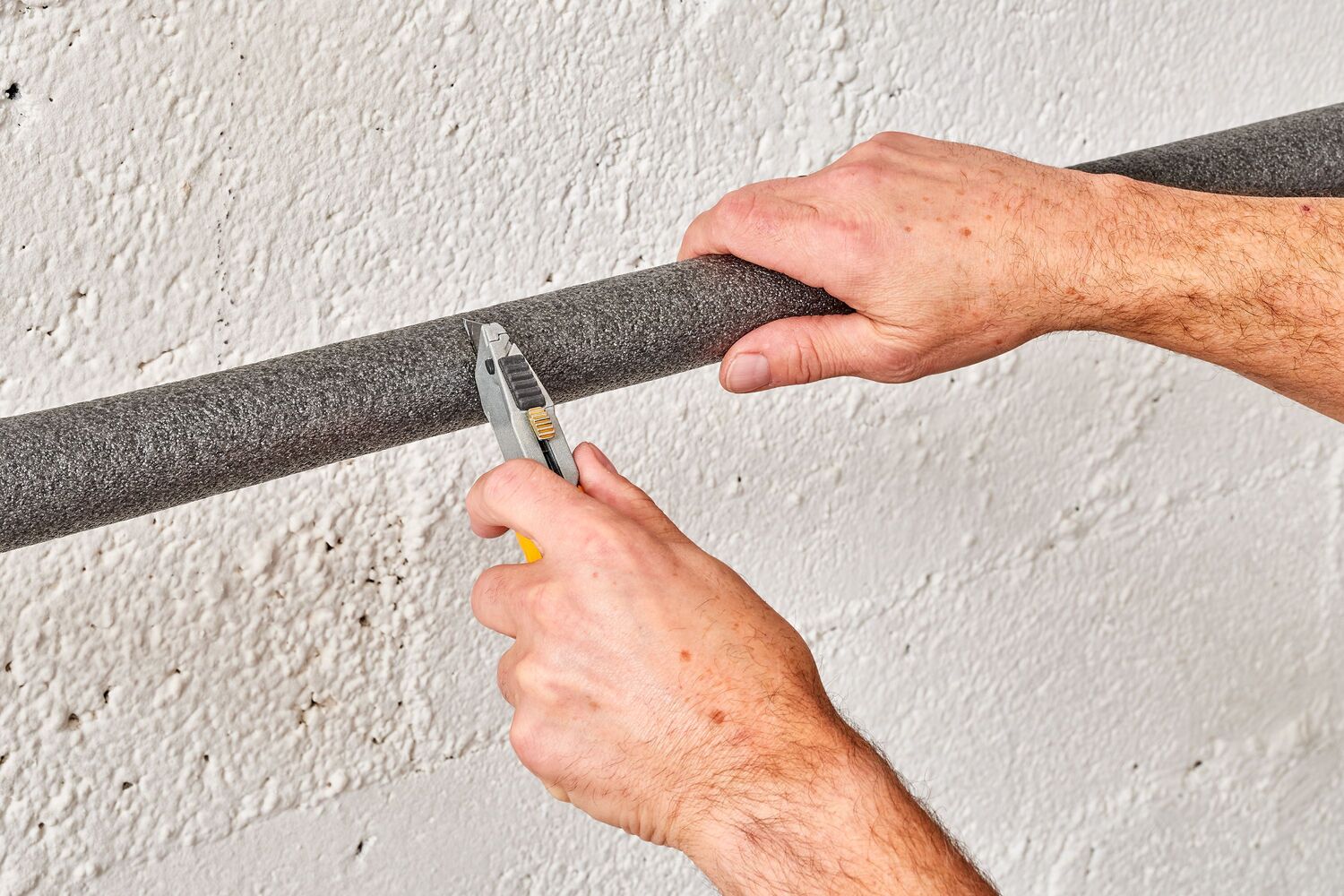
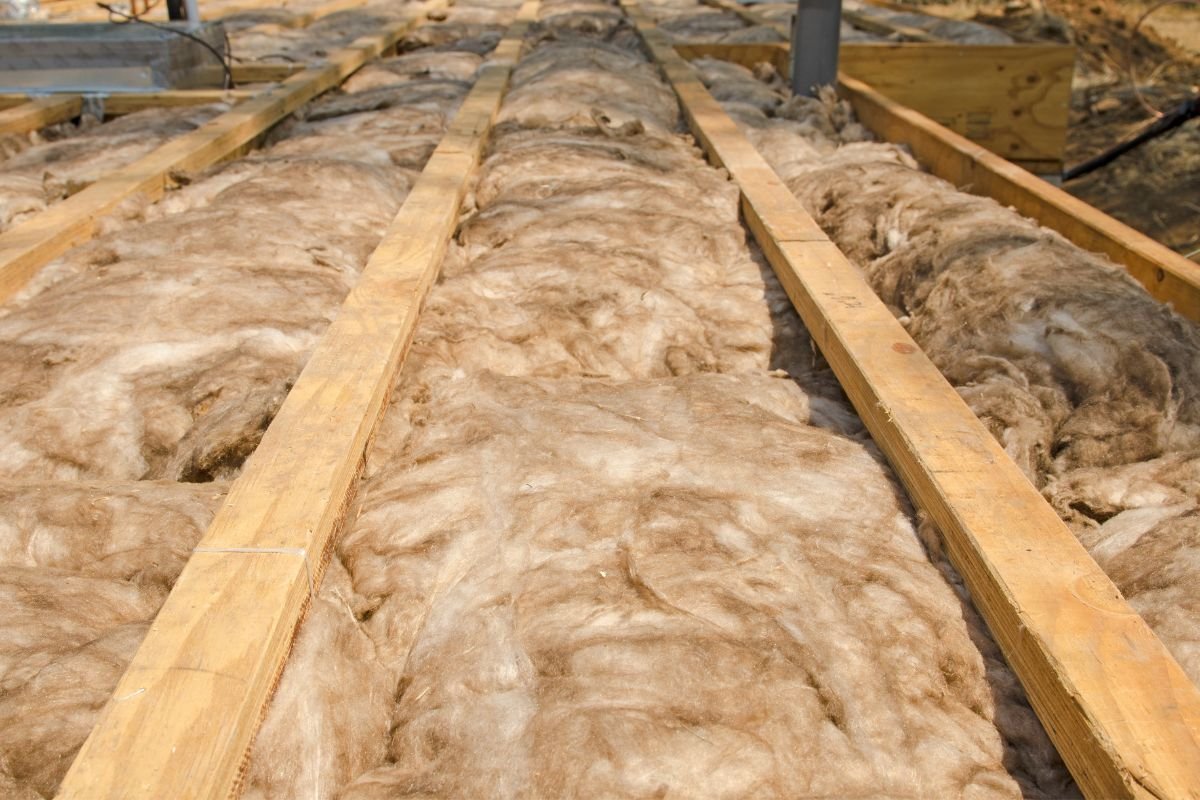
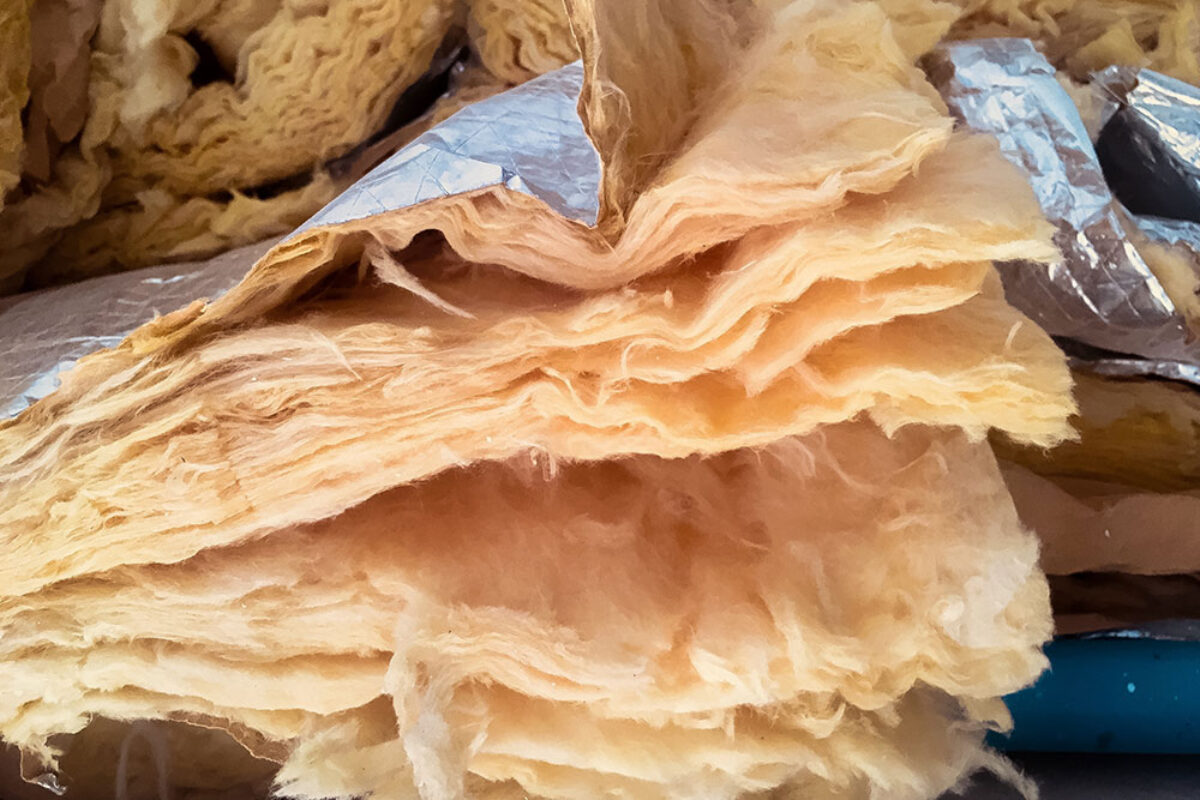
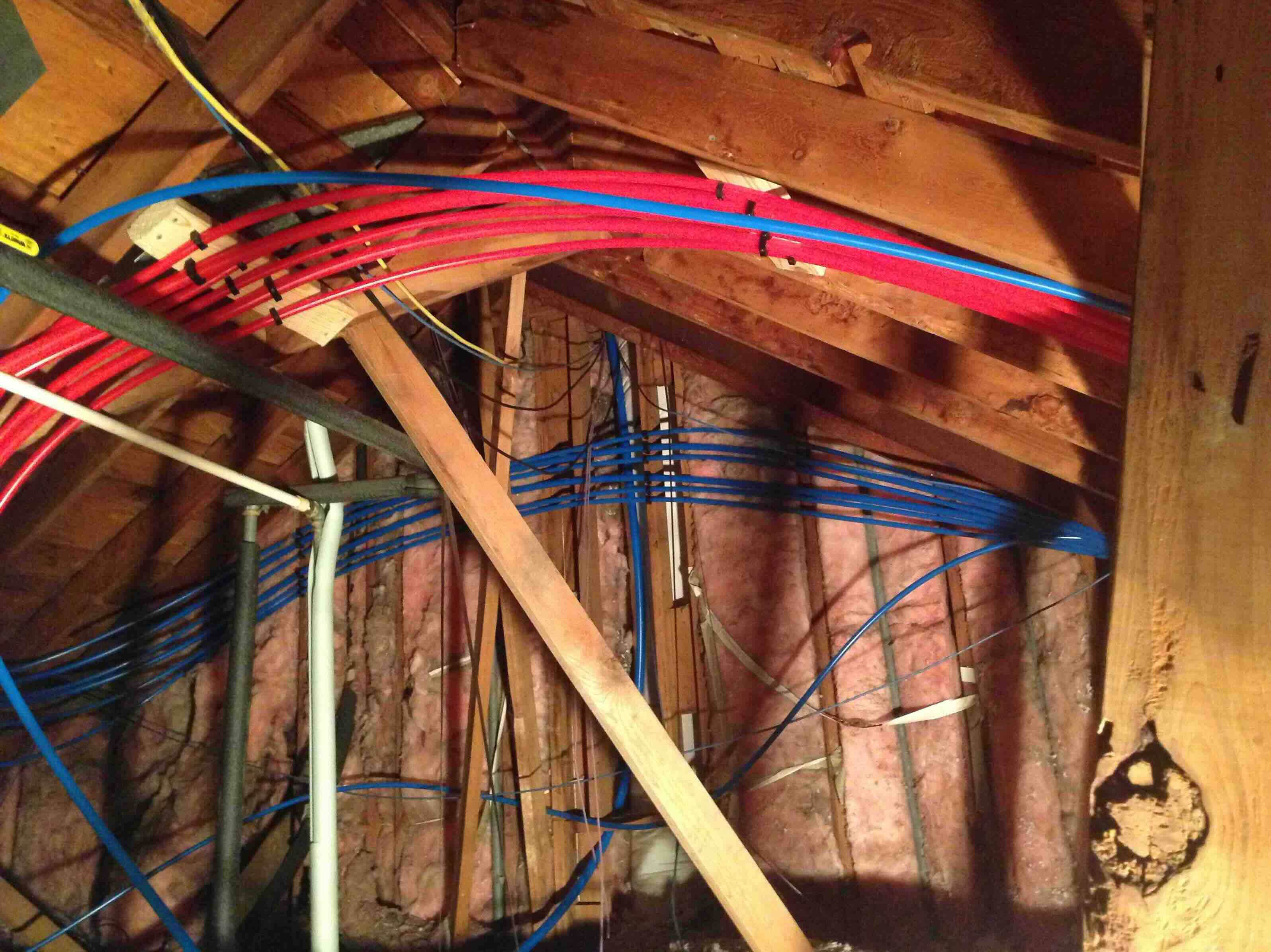
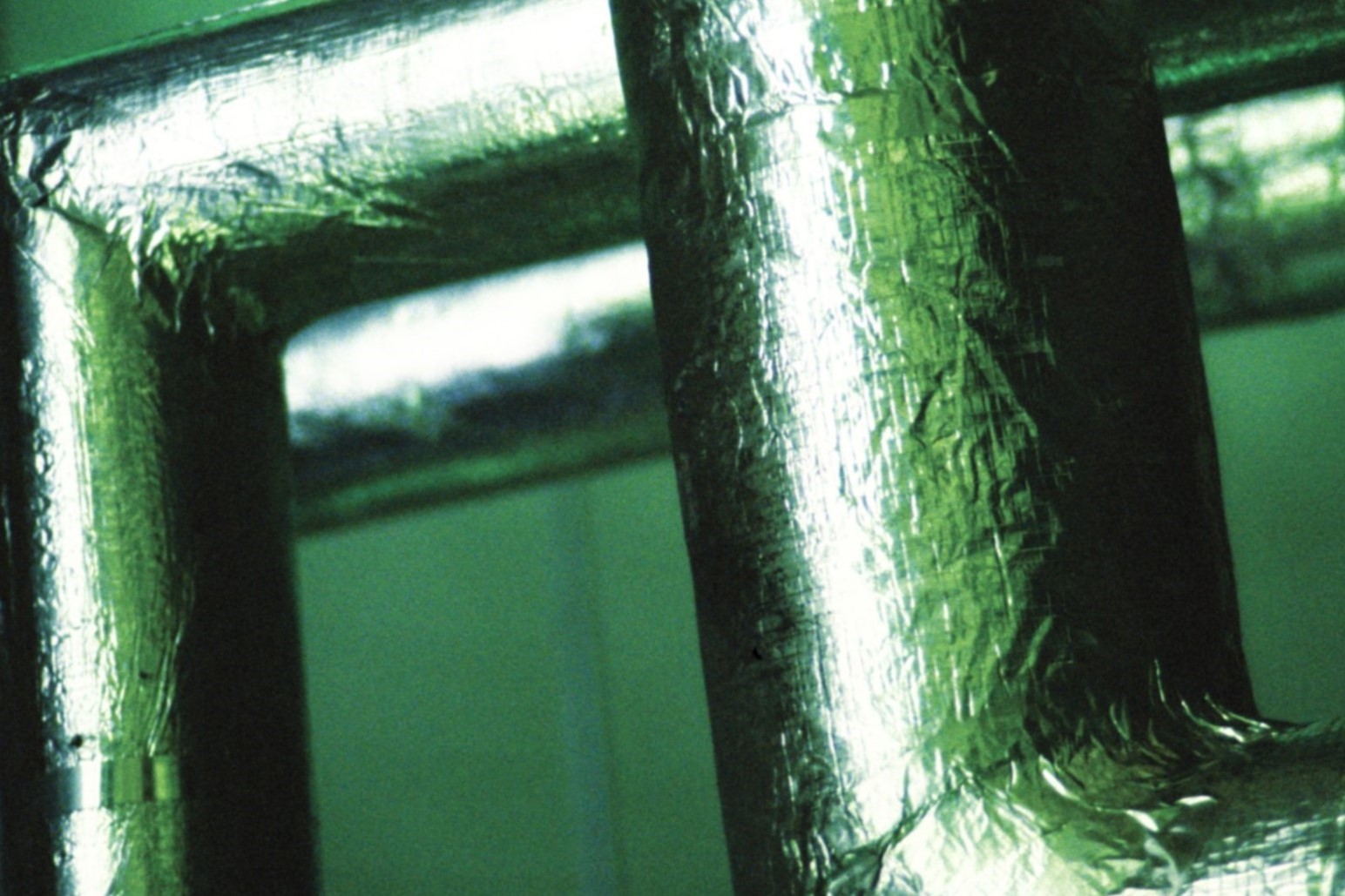
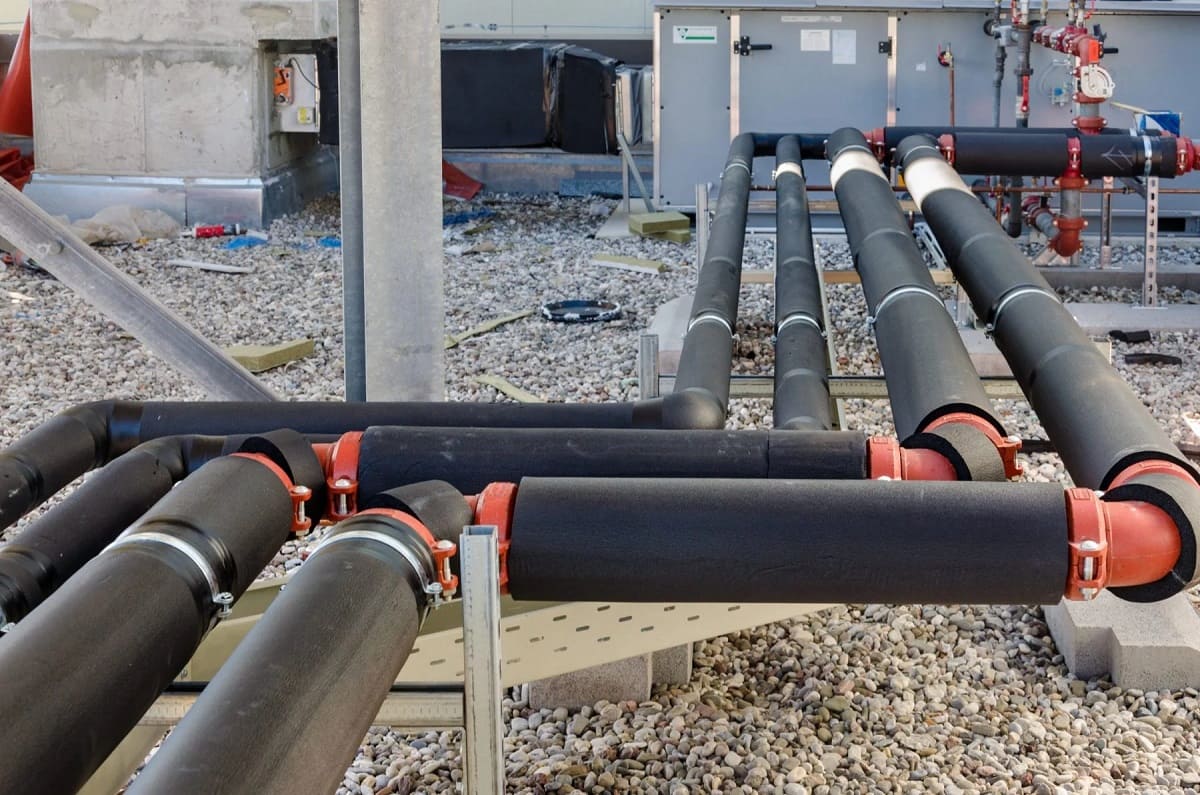
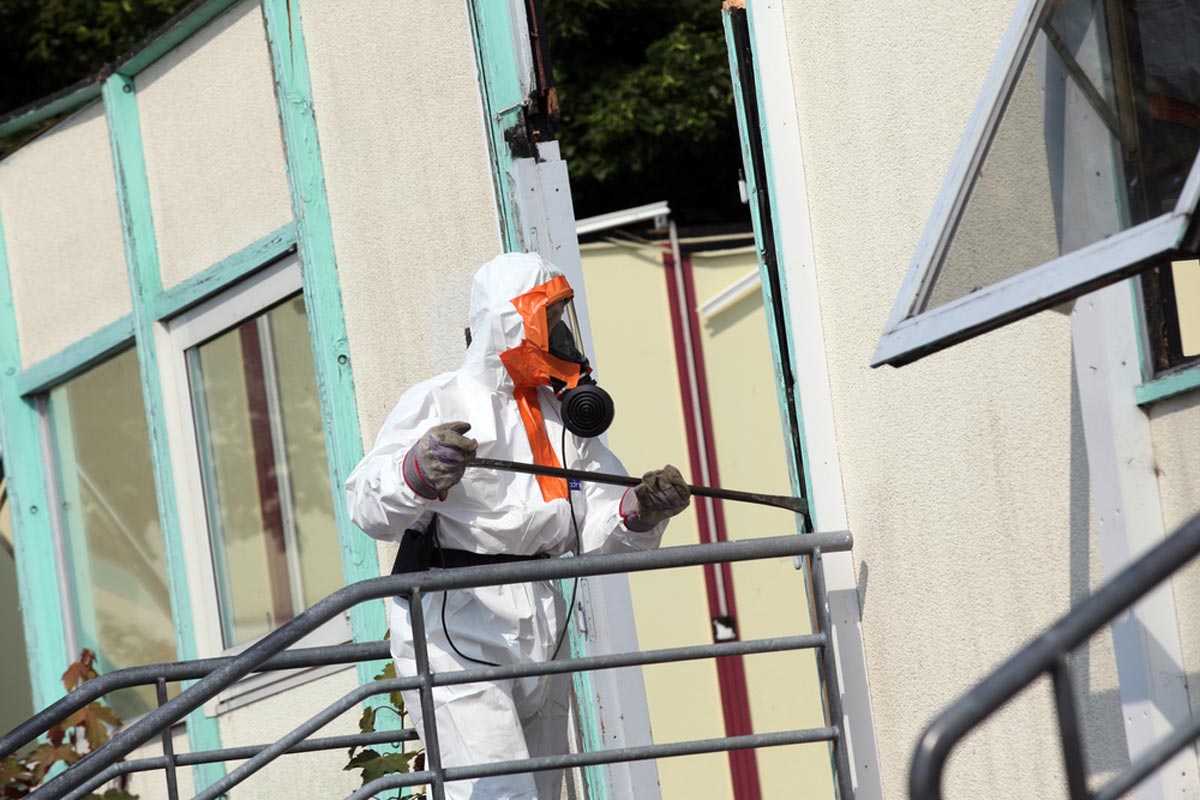
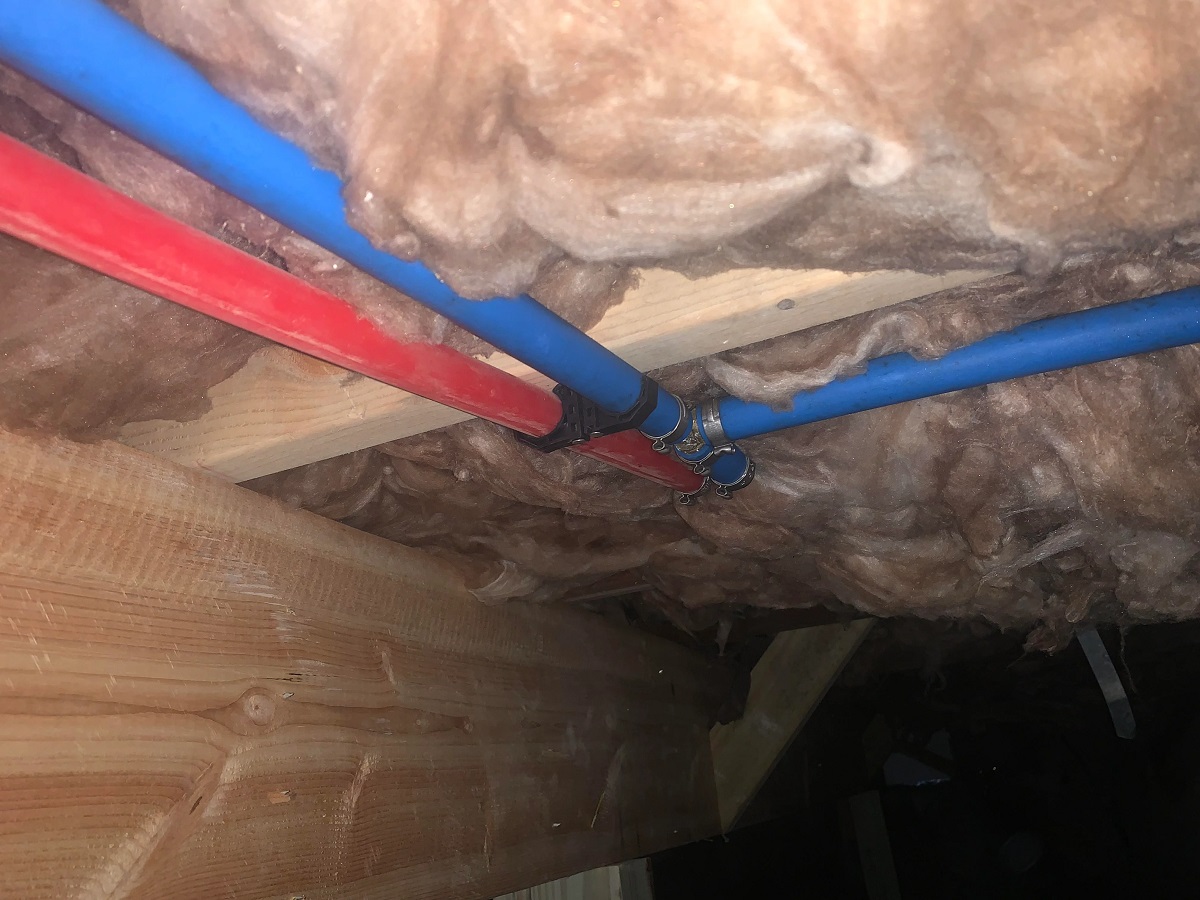


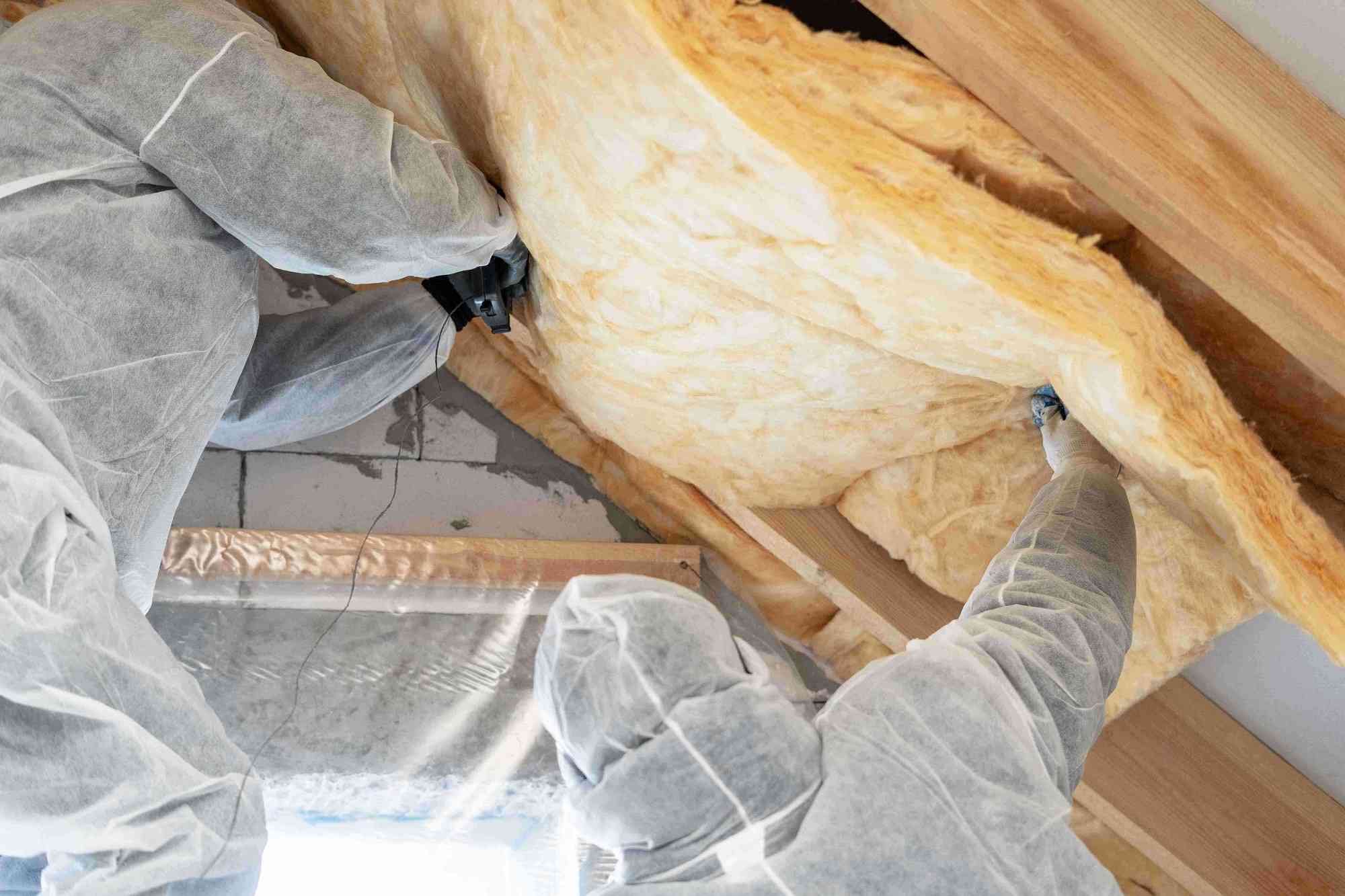
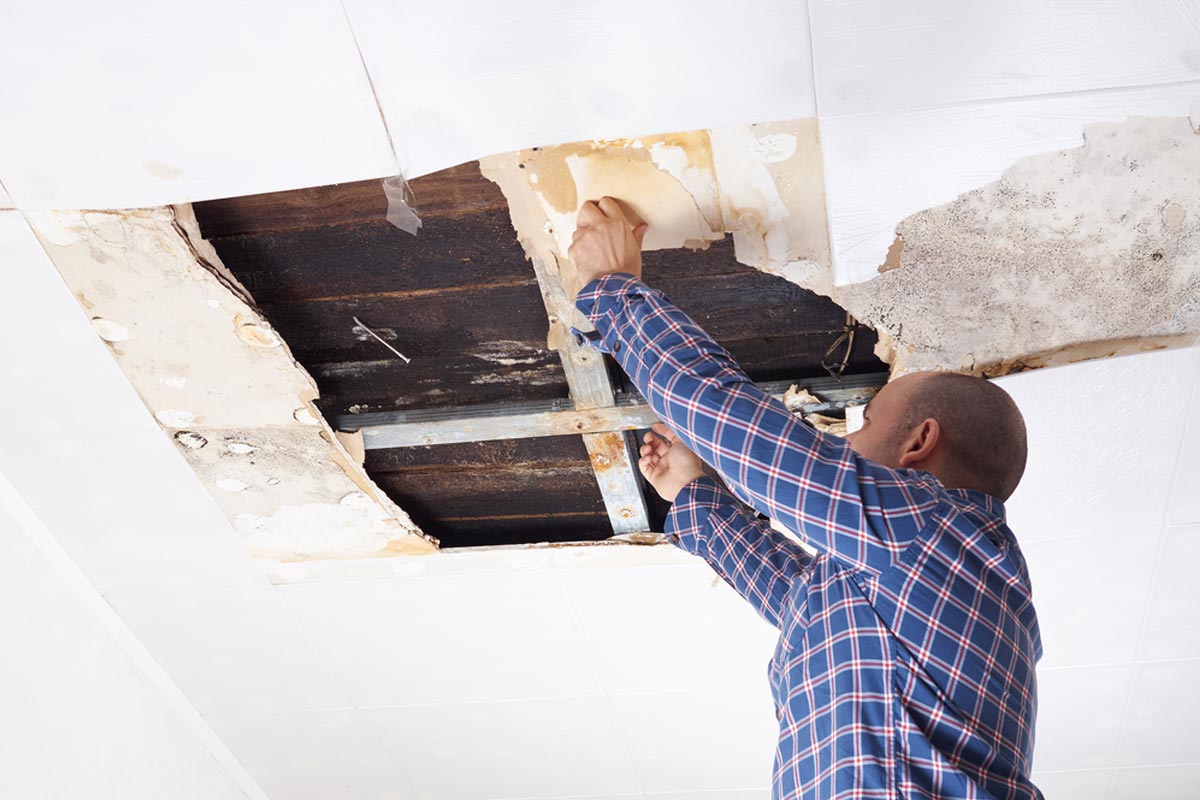
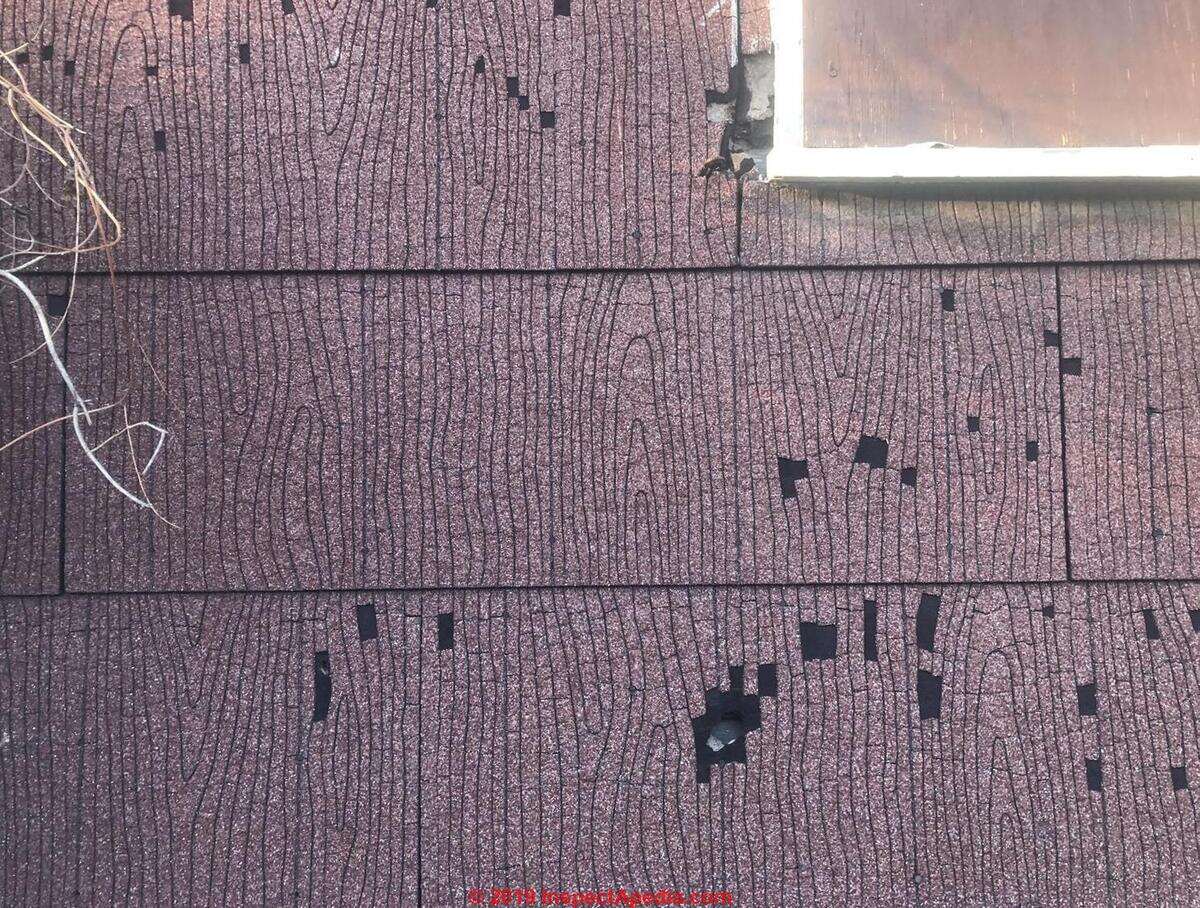

0 thoughts on “How To Remove Asbestos Pipe Insulation”